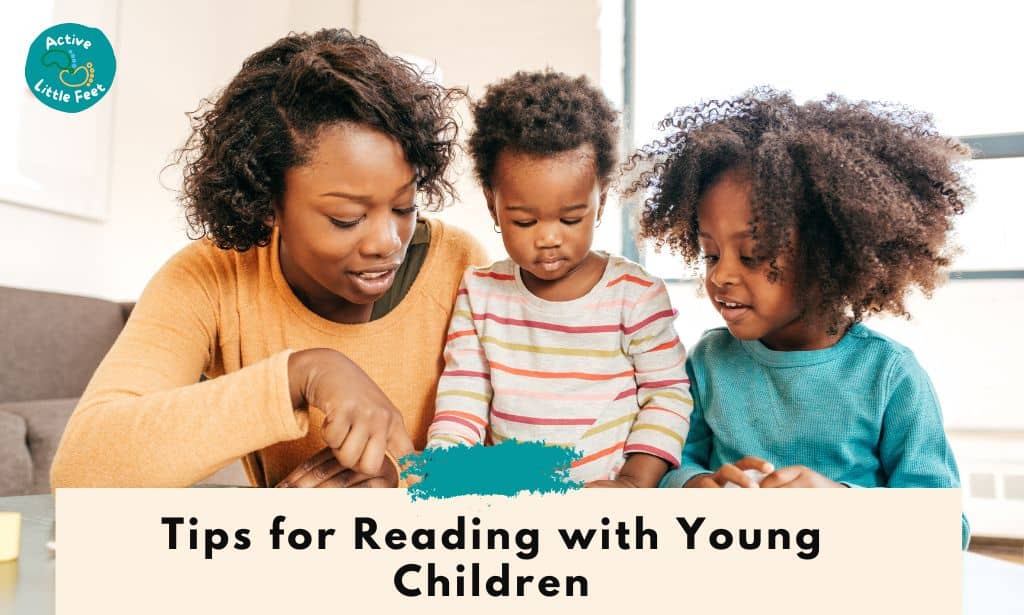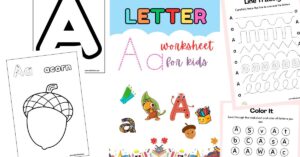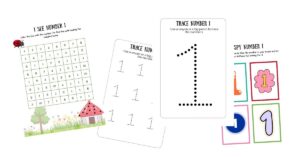Reading is a fun shared activity for you and your child, regardless of their age. However, getting them to sit still or excited about reading can be challenging, especially for the younger ones. But don’t give up just yet, because there’s always a solution to every problem.
If you want to keep the kids interested, pick age-appropriate books, allow them to pick their favorite books, pace the reading, and create a comfortable reading space. In addition, when kids see you get excited about reading, that boosts their morale.
So, before you give up, try the following tips.
1. Let Your Child Explore the Book
Children under two years mainly learn using their senses. When you introduce reading to your child at this age, they’ll want to touch the book and look through it. Of course, exploring the book might be turning or tearing the pages, chewing on the book, and more.
Do not worry; this will change when you start reading with them. Your child will become more interested in hearing you read and seeing the pictures. Sensory books are the best to start reading with your child under two years. These books are designed to be interactive and engage your child’s senses. Read this article about the best age to introduce sensory books to your child for a detailed explanation.

2. Do Not Be Quick to Turn the Pages
Young children have a short attention span unless something holds their interest for longer. In fact, according to CNLD Testing & Therapy, kids between 2-4 years can focus for 4-12 minutes.
As you read with your child, they might want to spend more time on a particular page than others. You will notice them touching the pictures on the page or repeating a sound you made. Stay on that specific page as long as they are interested before going to the next one.
Make the experience more exciting by adding simple phrases to the sounds they are making. For example, if the book is about a cow and your child says moo. You can add a phrase like, the cow says moo.â€
3. Pace Yourself
Your child is still learning to read, so read to them slowly with clear pronunciation and repetition. Your child might become bored or disinterested in reading when you go too fast because they do not understand the story. Moreover, it also implies that you do not enjoy the activity and you want to get it over with.
When reading to your child, you are almost like an actor; the audience must understand the story. You can also use gestures and movement so your child is listening, looking, or imitating what you are doing. This brings the story to life, making reading more fun. Learn more ways to make reading a fun activity for your child in this article.
4. Give Your Child Time to Respond
Children under two years old mainly communicate with facial expressions, cooing and making sounds, making eye contact, or crying. Be mindful of how they respond when you are reading together. This is how you know whether they are interested or engaged during story time.
When they are older, you can ask them questions about the story. Give them a chance to express themselves and even create new storylines. This helps improve their imagination and memory.

5. Allow Your Child to Take the Lead
Allowing your child to take the lead while reading together will help improve their speech and other reading skills. Do not wait until they can pronounce words correctly or read independently for them to read aloud. Leave room for error and help boost their reading confidence when they take the lead.
You can also take turns reading, or they can repeat sentences after you while reading. This is a great way to help them understand grammar, if any, within the text and other vocabulary as they grow their reading skills.
6. Be Excited About Reading
Young children are quick to notice your mood. When you are not enthusiastic or happy when reading together, they will not be either. Your child needs to see reading as a pleasurable activity to encourage a love for reading in the future.
You can get creative and show your child that storytelling has many forms. For example, use a different voice for various characters instead of your natural voice. You can also act out the story and make it a whole performance. Better yet, involve other family members in the activity and film it.
7. Create a Reading Nook in Your House
Reading with your child is an opportunity to create loving connections. According to the American Academy of Pediatrics, bonding while reading together increases your child’s brain activity. This means that a cozy and comfortable environment while reading together will create a solid literacy and language foundation for your child.
It does not have to be anything complicated. You can cuddle in a love seat at the corner of your child’s bedroom or on the living room sofa with a cozy blanket. The idea is to create an environment where you can enjoy reading activities together.

8. Be Consistent
Understandably, some days are busy, especially if you are a working parent. However, making reading a repeated activity is crucial if you want your child to have a reading culture. If your weekdays are busy, you can read short stories. Consistency also helps create routine for young children.
Young kids are more confident and secure when their days are predictable. It also helps builds trust and excitement to spend time with you daily during story time. Read more about the importance of schedules and routines here.
9. Know When to Stop
Do not insist on continuing the activity when your child loses interest or starts to fuss or cry. This will make your child dislike reading, and you do not want that. It is important to note that when young kids start to fuss or cry, they want your attention.
Before you abandon reading, try holding or rocking them so they can calm down. If they are still interested in reading, you can continue, but if they do not, move on to another activity and try reading again later.
Finally, do not limit yourself to picture books and short stories. Regardless of your child’s age, all reading is good reading. You can read newspapers, comic books, novels, magazines, etc. Devoting time to reading is totally worth it; this article explains the benefits of reading to your young kids.




